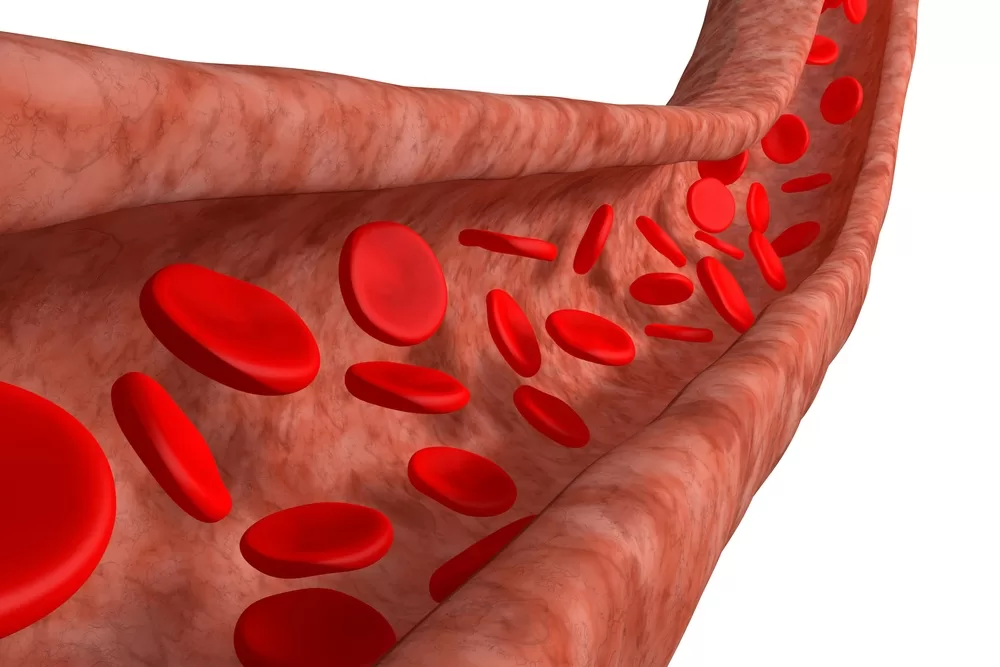Septic shock is a life-threatening medical condition that occurs when the level of blood pressure drops very low as a result of an infection and can lead to organ failure. However, appears when no treatment is given due to a sepsis infection and organisms like bacteria released toxins. So, these toxins cause damage to the small blood vessels thus fluids leak into the surrounding tissues. As a result, the level of blood pressure decreases as blood cannot reach the body’s vital organs like the brain. It can lead to death if no medical attention is not given on time.
Causes of septic shock
So, the most common cause of septic shock is sepsis especially when it’s not diagnosed and the necessary treatment given on time. The cause of septic shock can be due to:
- Bacterial infection of any type.
- Fungi e.g. candida.
- Viruses.
Risk groups for septic shock
- Pregnant women.
- Those with long-term medical conditions e.g. cancer.
- The elderly people.
- Newborn babies.
- People using recreational drugs.
- People with artificial joints and heart valves.
Signs of septic shock
- Heart palpitations.
- The limbs are cool and pale.
- One has very low blood pressure.
- Presence of little or no urine.
- Lightheadedness.

Complications
- Brain damage.
- Body gangrene.
- Respiratory failure occurs as the lung is not able to take enough oxygen.
- Kidney failure.
- Heart failure makes it not pump blood.
- Presence of abnormal blood clotting in the blood vessels.
- Death may be the end result.
Diagnosis of Septic shock
The doctor may request for:
- Blood test- to check for infection, and level of oxygen.
- Urine tests.
- Cerebrospinal fluid.
- Imaging tests- they help to show the source of infection. Include:
- X-ray.
- CT scan.
- MRI scan.
Treatment
The chances of fighting and getting a cure for septic shock depend on:
- Age of the client.
- Knowing the cause of the infection is it viral or bacterial?
- The number of organs that have failed.
- Presence of any pre-existing medical condition.
Treatment given may include:
- Oxygen therapy.
- Giving intravenous fluids as they help to increase blood flow.
- The use of inotropic medicines e.g. dobutamine helps to stimulate the heart thus blood rich in oxygen is able to reach body tissues and organs.
- Using vasopressors like adrenaline causes blood vessels to narrow, increasing blood pressure and blood flow in the body.
- Use of antibiotics to treat bacterial infection.
- Surgery to remove any dead tissues.
- List of Best private secondary schools in Nairobi County.
- List of Accredited Private Universities in Kenya
- How is The Lenana Boy school and location?
- The best private primary schools in Nyeri county.
- Kenya Medical Training College, courses, requirements.
- Egerton university, fees, location, courses.
- Bay head elementary school history, enrolment, programs offered.